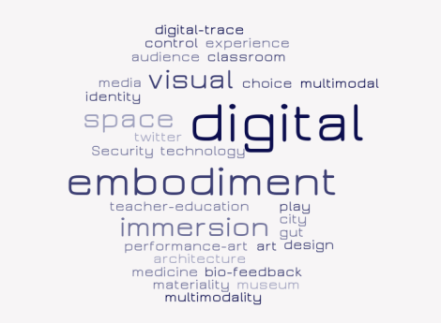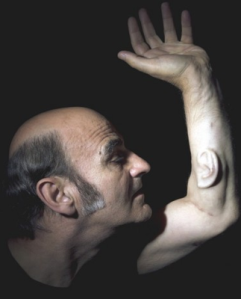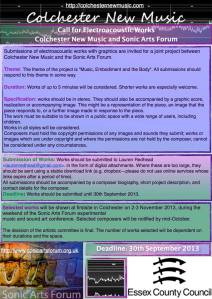We are pleased to announce the Fifth International Symposium on Music and Sonic Art: Practices and Theories (MuSA 2014), an interdisciplinary event to be held in Karlsruhe, Germany at the Institut für Musikwissenschaft und Musikinformatik (IMWI). MuSA 2014 is also supported by Middlesex University, London.
Proposals for sessions and individual papers for the Fifth International Symposium on Music and Sonic Art: Practices and Theories are invited from academics, independent researchers, practitioners and post-graduate students. Presentation formats include academic research papers (20 minutes + 10 minutes for discussion); reports on practice-based/artistic research or educational programmes (20 minutes + 10 minutes for discussion); and workshops and panel sessions (30 minutes + 15 minutes for discussion). The Symposium committee encourages presentations in which practice forms an integral part of the research. All proposals will be ‘blind’ peer-reviewed. The Symposium language will be English.
THEME AND TOPICS:
The principal aim of MuSA 2014 is to advance interdisciplinary investigations in – as well as between – music and sonic art. MuSA 2014 continues to promote this aim by probing the role of embodied approaches through this year’s theme:
exploring embodiment in music and sonic art.
We invite submissions on the following, and other related topics:
• Body movement and emergence of meaning;
• Embodied approaches to creativity;
• Kinematics and haptics as background for music and sonic art research;
• Gesture and expression;
• Methods for embodied analysis;
• Phenomenology of the performing body;
• The body within socio-cultural contexts of music and sonic art;
• Pedagogical contexts for embodied approaches to music and sonic art;
• The body in interpersonal sound-based communication;
• Ecological, biological, neuroscientific and evolutionary approaches to embodiment;
• Historical roots of embodied approaches in theory and practice;
• Technology and embodiment;
• Critical discourses of embodiment in practice and research;
• Embodied aesthetics;
• Embodiment in collaborative research;
Within the thriving discipline of musical performance studies, there is a
general tendency to speak of ‘the performer’ as an abstract category
without taking into account the kind of musical instrument that mediates
the act of music making and music as a temporally emergent, sounding
phenomenon. In reality, different kinds of musical instruments involve
different expressive means (and at times different expressive/artistic
aims), engender different phenomenologies of performance making, and generate different kinds of performer identities. The nature of the
embodied interaction with different instruments in composition and
performance, and the expressive and communicative meanings that emerge as a result of such interaction constitute a largely unexplored research territory.
The purpose of this one-day event within MuSA 2014 is to re-think the
nature of the relationship between music making and the musical instrument. Some of the topics that will be explored include:
• The acoustical, musical, cultural, symbolic, and ritualistic
qualities of musical instruments and the relationships between these
(theoretically) distinct kinds of qualities;
• The discourses that exist in relation to musical instruments in
different genres, styles and traditions;
• The gestural affordances and ergonomic principles of musical
instruments and the musical meanings that emerge as a result of these
affordances and principles;
• Performers, improvisers and their instruments: phenomenologies of
music making in the context of particular kinds of musical instruments;
• Composer and instruments: the material, acoustical and expressive
qualities of instruments and their relationship to musical languages
composers create;
• Relationships between creativity in performance, nature of musical
interpretation and musical instruments;
• The role of the musical instrument in the creation of musical
identities;
We invite proposals on any research area related to the nature and use of western acoustical instruments, traditional ethnic instruments and
digital/virtual instruments:
ABSTRACT FORMAT:
Please submit an abstract of approximately 250-300 words as an e-mail attachment to musa2014@btinternet.com
As contributions will be ‘blind’ peer-reviewed, please do not include
information that might facilitate identification from the abstract. In
addition, please include separately the name(s) of the author(s),
institutional affiliation (if any) and short biography (approximately 100
words). Deadline for the receipt of abstracts is Friday, 21 March 2014.
Notification of acceptance will be sent by 15 April.
Please specify whether you wish your abstract to be considered for the
one-day ‘Re-thinking the musical instrument’ event.
REGISTRATION:
The Symposium fees are: €120 for delegates, €100 for presenters and €60 for students and others who qualify for concessions.


